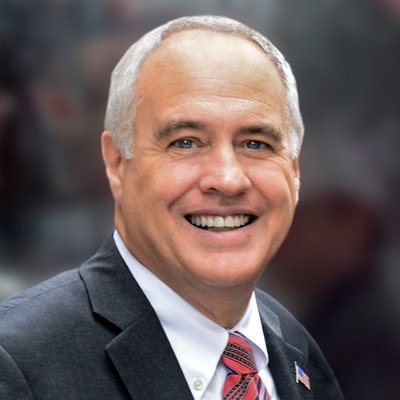State finds lax oversight of opioid scripts
The state comptroller has found that Medicaid patients in treatment for opioid addiction are being prescribed opioids outside of the programs, because of lax monitoring by health officials and prescribers.
Comptroller Thomas DiNapoli released an audit of state opioid treatment programs on Nov. 26, and shared his concerns with the Department of Health.
Republican State Assemblyman Dave McDo-nough, of North Merrick, visits middle-schoolers to warn of the dangers of drug addiction and sponsors naloxone programs that train young adults as first responders in case they witness an overdose. McDonough said he believes that better prescription monitoring is needed.
“It’s obvious from the report that there’s several people who are getting prescriptions from multiple places,” McDonough said. “What we basically have to do is call for tighter enforcement of [the Internet System for Tracking Over-Prescribing].”
“New York and the rest of the country are facing an opioid addiction epidemic, and people’s lives are at stake,” DiNapoli said. “Programs de-signed to get individuals off highly addictive opioids can only be effective with proper vigilance. The state Department of Health should take steps to help treatment programs and health care providers work together to prevent overdoses that could lead to hospitalizations or death.”
Auditors identified 18,786 Medicaid recipients between 2013 and 2017 who received 208,198 opioid prescriptions — while also receiving similar drugs from treatment programs aimed at weaning them off opioids.
About 33 percent of Medicaid recipients in treatment programs also received prescription opioids outside their program. Three percent — or 493 — of these patients were treated for an overdose within a month of obtaining an opioid prescription. Twelve of them died, according to DiNapoli.
The state Department of Health disagreed with some of DiNapoli’s conclusions and methodology (see box).
DiNapoli’s audit indeed found that prescribers within treatment programs and outside them were not consistently checking I-STOP — the state’s monitoring database.
“What was happening before I-STOP was that people were drug shopping,” he said. “Now, with I-STOP, they punch in the info and they say, ‘We can’t give you any.’”
McDonough added that, al-though the audit showed that prescribers have not been as vigilant as they should, he does not believe mistakes were made deliberately.
“I don’t think it’s malicious — I just don’t think they’re doing it,” he said.
DiNapoli examined the records of 25 people who received 1,065 opioid prescriptions while in opioid addiction treatment programs, and found that they checked I-STOP only 18 times over an average of three and a half years.
State Sen. John Brooks, a Democrat from Seaford, has been vocal on the opioid issue, and said that in order for treatment programs to succeed, I-STOP needs to be used properly. The “audit revealed alarming information, and I will work with my colleagues in state government to ensure opioid addiction treatment facilities do everything possible to help New Yorkers fight opioid abuse,” he said.
Wendy Tepfer is director of the Bellmore-Merrick Community Parent Center, which partners with school districts and local organizations to push for drug abuse prevention. This year, Parent Center-sponsored drug-take back programs resulted in the collection and disposal of almost 500 pounds of drugs.
“I do believe if somebody wants, or needs, to get the drug, they will find a way to do it, either through legal channels or, oftentimes, through illegal channels,” Tepfer said, adding that she hopes doctors will follow the policies in place to safeguard patients. Users “are not criminals — they have a disease.”
DiNapoli urged the DOH to adopt new monitoring measures for opioid prescriptions. The department should improve its scrutiny of prescription monitoring by developing a reporting system that can be used to advise treatment programs when an individual is found to receive possibly harmful prescriptions, he said.
On Jan. 29, the Brookside School in Merrick will host a program featuring Steven Dodge, who fought a personal battle against drug and alcohol, and is the founder of the Long Island SLATE project, a nonprofit organization designed to prevent drug and alcohol abuse.
“People have to realize that these are people who didn’t wake up and say, ‘I want to be an addict.’” Tepfer said. “These are people who have a disease and need and deserve the same type of treatment and compassion that we give to those who have other diseases.”











